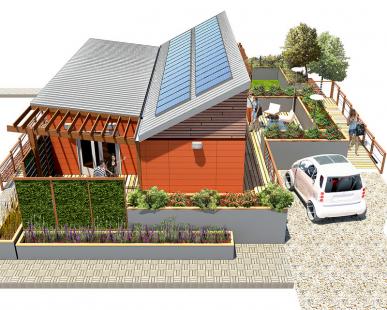This commentary originally appeared on EDF’s Climate Corps blog.
 The world’s top scientists reminded us last week that the case for action on climate change has never been more urgent. And turning the corner on carbon emissions and avoiding the worst impacts of a warming world will require nothing less than a full-scale transformation of our energy system. That is a huge political, technological and cultural challenge – one that no individual, organization or country can solve on its own. It will take the leadership and collaboration of people across the world, pulling together toward a common goal.
The world’s top scientists reminded us last week that the case for action on climate change has never been more urgent. And turning the corner on carbon emissions and avoiding the worst impacts of a warming world will require nothing less than a full-scale transformation of our energy system. That is a huge political, technological and cultural challenge – one that no individual, organization or country can solve on its own. It will take the leadership and collaboration of people across the world, pulling together toward a common goal.
Environmental Defense Fund (EDF) has a staff of 400 – small in the global scheme. That is why we are experts at deploying powerful networks to get results. Our success with businesses – whether it’s improving the safety of products sold at Walmart, or saving water at AT&T – all rest on our ability to tap into the knowledge, connections, and influence of our partners.
One of our most successful networks: EDF Climate Corps. Hundreds of organizations ranging from PepsiCo and Office Depot to the Chicago Public Schools and New York City Housing Authority have tapped EDF Climate Corps for energy strategies and solutions that cut costs and emissions. And best of all, our hosts and fellows are now spreading these innovations through their own networks, creating a multiplier effect that expands our impact exponentially.












